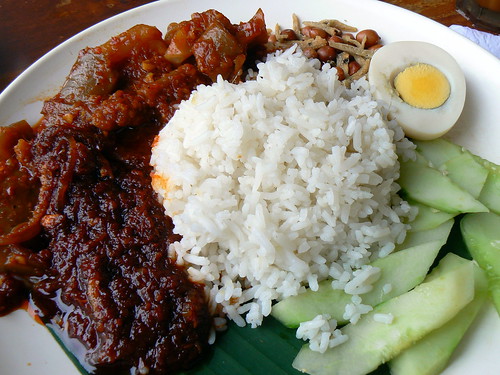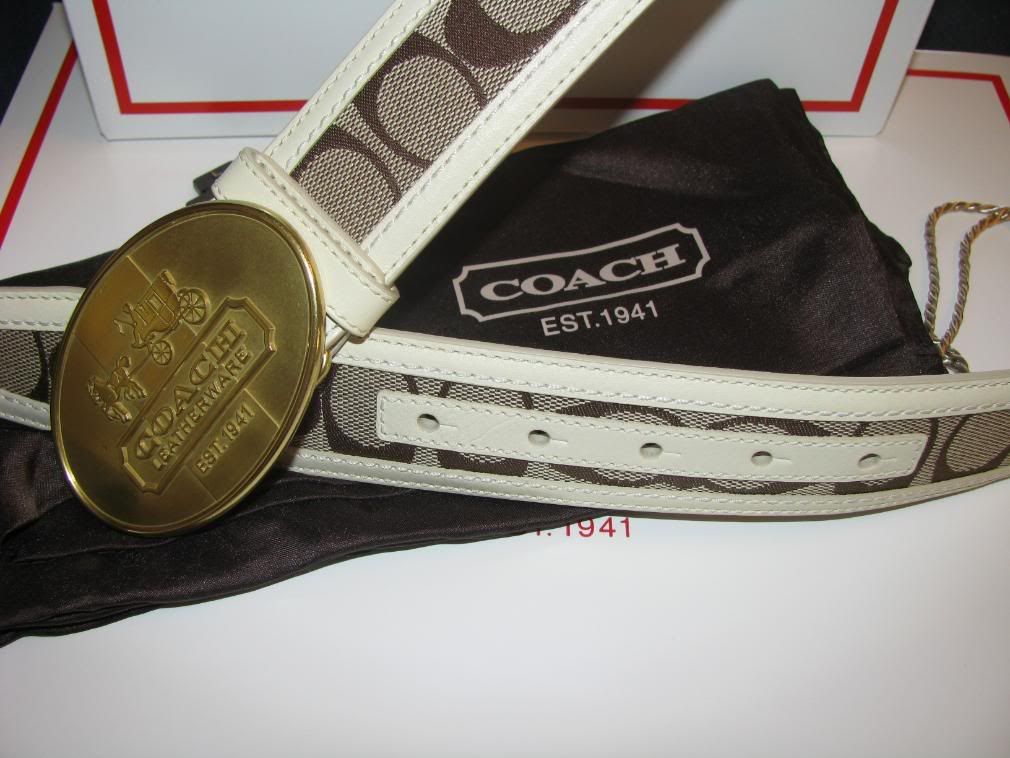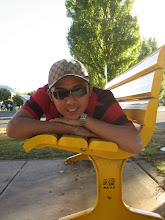Happy 51th Birthday Malaysia !

THE HISTORY OF MALAYSIA
History of Malaysia is the written past of a country in South East Asia whose strategic sea-lane position brought trade and foreign influences that fundamentally influenced its history. Hindu India, the Islamic Middle East and Christian Europe to its west, and China and Japan to the north-east were major influences brought by shipping routes passing through the region. Malaysian history is also intertwined with that of neighbouring Indonesia, Singapore, Philippines, Brunei and Thailand. This trade and foreign cultures brought the area great wealth and diversity, but has also domination and colonialism. The history of Malaysia is one of successive phases of outside influence, followed by the mid-twentieth century establishment of independence from foreign colonial powers. Hindu and Buddhist cultures imported from India dominated early Malaysian history. They reached their peak in the Sumatran-based Srivijaya civilisation, whose influence extended through Sumatra, Java, the Malay Peninsula and much of Borneo from the 7th to the 14th centuries. Although Muslims had passed through Malaysia as early as the tenth century, it was not until the 14th and 15th centuries that Islam first established itself on the Malayan Peninsular. The adoption of Islam by the fifteenth century saw the rise of number sultanates, the most prominent of which was the Melaka (Malacca). Islamic culture has had a profound influence on the Malay people, but has also been influenced by them. The Portuguese were the first European colonial powers to establish themselves in Malaysia, capturing Malacca in 1511, followed by the Dutch. However, it was the British, who after initially establishing bases at Jesselton, Kuching, Penang and Singapore, ultimately secured their hegemony across the territory that is now Malaysia. The Anglo-Dutch Treaty of 1824 defined the boundaries between British Malaya and the Netherlands East Indies (which became Indonesia). A fourth phase of foreign influence was immigration of Chinese and Indian workers to meet the needs of the colonial economy created by the British in the Malay Peninsula and Borneo.
Japanese invasion in World War II ended British domination in Malaysia. The subsequent occupation from 1942 to 1945 unleashed nationalism in Malaya and Borneo. In the Peninsula, the Malayan Communist Party took up arms against the British. A tough military response was needed to end the insurgency and bring about the establishment of an independent, multi-racial Federation of Malaya in 1957. On 31 August 1963, the British territories in North Borneo and Singapore were granted independence and formed Malaysia with the Peninsular states on 16 September 1963. Approximately two years later, Singapore was expelled from the Federation. A confrontation with Indonesia occurred in the early-1960s. Race riots in 1969 led to the imposition of emergency rule, and a curtailment of political life and civil liberties which has never been fully reversed. Since 1970 the "National Front coalition" headed by United Malays National Organisation (UMNO) has governed Malaysia. Economic growth dramatically increased living standards by the 1990s. This growing prosperity helped minimise political discontent.Successive UMNO-dominated governments have promoted the use of the Malay language and carried out systematic positive discrimination in favour of Muslims, measures which cause great resentment.

*taken from wikipedia*
Cheers
















































